2015 is “The Year of Light”. Inspired by this, the course focuses on the themes of “ENERGY FROM THE SUN – NANOTECHNOLOGIES – GREEN STRATEGIES” through a project with important laboratory aspects, created in collaboration with Professors of the University of Bologna.
Organization
Four afternoons for a total amount of 16 hours + visit to Balì Museum (Saltara – PU) for 26 students (age 16 to 19 years old).
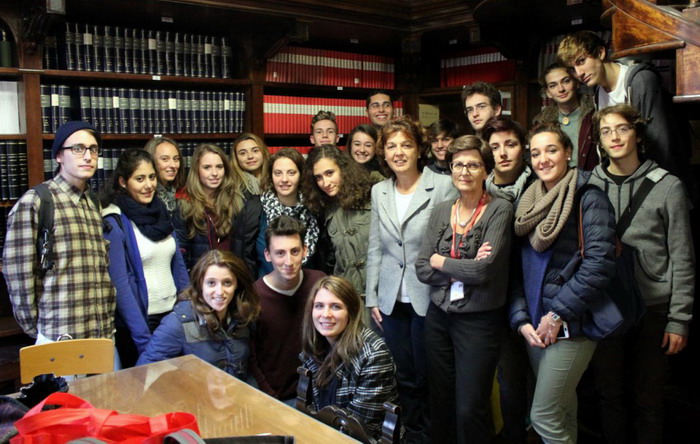
The participants.
October 10th, 2014 – Fermi High School
Teacher Elisabetta Bonfatti explains some slides about “sustainable and not sustainable energies”. Then follows the presentation on “Distribution and Transmission of Energy” by Engineer Michele Vanzi.
Laboratory: Teacher Gianni Dosi (at the Laboratory of Physics of Fermi High School) has assembled a model of electrical transmission line, with experimental verification of the power loss at different applied voltages. The model consists of: central production (supply), “step up” transformer, cable power line, “step down” transformer, user (light bulb).
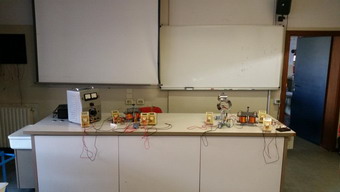
Model of power line with the raising and reduction of tension “V”
October 17th, 2014 – DICAM Bologna
Teacher Elisabetta Bonfatti talks about “Energy from the Sun”. Professor Alessandra Bonoli explains “Buildings’ insulation. Green Technologies for insulation and energy saving”.
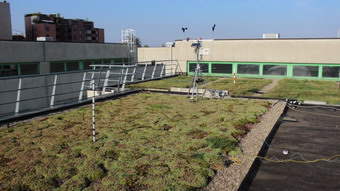
Laboratory: “Green roofs” realized al DICAM.
October 17th, 2014 – Balì Museum
Laboratory: visit at the Planetarium; interactive tour around the museum; educational activity called “Intelligent Materials”.
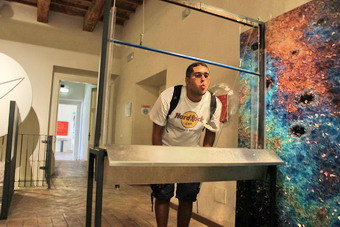
October 24th, 2014 – Physics and Astronomy Department
Teacher Elisabetta Bonfatti explains “Nanotechnologies” with the help of slides. Professor Daniela Cavalcoli explains “Atomic Force Microscope, <see and touch> at the nanorange.
Laboratory: Use of a AFM <educational> related to the surface of a Graetzel realized with the blueberry juice.

October 31th, 2014 – Chemistry Department
Teacher Elisabetta Bonfatti explains “Photosyntesis”. Professor Margherita Venturi explains “Natural and artificial photosyntesis”.
Laboratory: interaction light/matter: photodetectors and light-sensitive materials, artificial photosynthesis and hydrogen production.
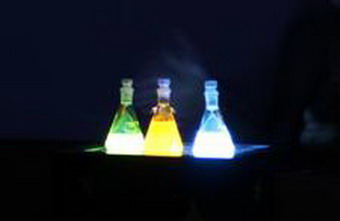
Conclusion
This course met an high interest among the students who could visit the places of scientific research. They all received an award of attendance certificate.
The following March 12nd, 2015 the students themselves presented this work to our European partners at the University of Bologna, who appreciated every activity done.
It was a very satisfying experience for all involved teachers, too.








